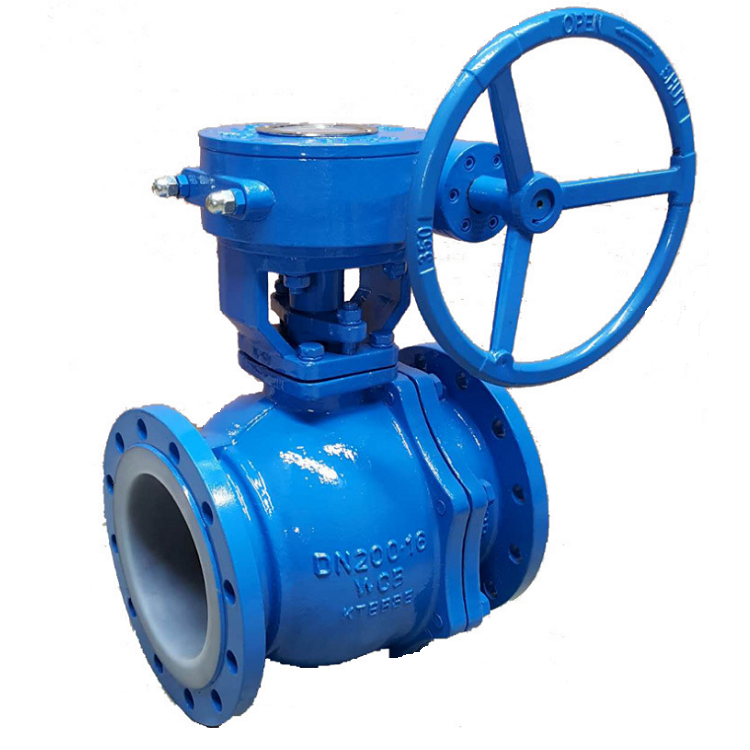yaosheng high temperature butterfly valve
High Temperature Butterfly Valves A Comprehensive Overview
In various industrial applications, the need for reliable and efficient flow control systems is paramount. One crucial component in this domain is the butterfly valve, particularly those designed to withstand high temperatures. As industries evolve, so do the challenges associated with managing extreme thermal conditions. This article delves into the intricacies of high temperature butterfly valves, their applications, benefits, and the technology behind them.
Understanding Butterfly Valves
Butterfly valves are quarter-turn rotational valves that utilize a disc-shaped element to control flow. They are named for their distinctive design; when the valve is open, the disc resembles a butterfly's wings. This type of valve is known for its simplicity, lightweight construction, and cost-effectiveness, making it a popular choice across various sectors.
High temperature butterfly valves, specifically, are engineered to maintain performance and reliability when exposed to extreme thermal conditions, typically ranging from 150°C to 400°C (302°F to 752°F). These valves are crucial in applications involving steam, hot gases, and fluids, where standard valves may fail.
Applications of High Temperature Butterfly Valves
High temperature butterfly valves find extensive use in multiple industries
1. Power Generation In power plants, these valves regulate the flow of steam and gases at high temperatures and pressures. They play a critical role in ensuring the safety and efficiency of turbine operations.
2. Chemical Processing The chemical industry often deals with high-temperature reactions. Butterfly valves are used in reactors, where precise flow control is essential for maintaining safety and process efficiency.
3. Oil and Gas In upstream and midstream oil and gas operations, high temperature butterfly valves are essential for handling hot fluids and gases during extraction, transportation, and processing.
4. Metallurgy and Mining Processes in these industries often involve high-temperature conditions, where butterfly valves manage the flow of slurries and gases in furnaces and smelting operations.
5. HVAC Systems High temperature butterfly valves are utilized in district heating networks and industrial HVAC systems to regulate flow and maintain temperature consistency.
Benefits of High Temperature Butterfly Valves
yaosheng high temperature butterfly valve

High temperature butterfly valves offer several advantages
1. Durability These valves are constructed from robust materials such as stainless steel, alloy steel, or special high-temperature plastics, which ensure longevity even under extreme conditions.
2. Efficiency With a low-pressure drop across the valve port, butterfly valves minimize energy loss, making them a more efficient choice for high-temperature applications compared to other valve types.
3. Space-saving Design Their compact form factor makes them ideal for installations where space is constrained. The quarter-turn operation also means quicker response times to flow control needs.
4. Versatility High temperature butterfly valves can handle not just high temperatures but also varying pressures and fluid types, from clean fluids to corrosive materials.
5. Ease of Maintenance Compared to complex valve systems, butterfly valves are simpler, making maintenance and repairs more straightforward and cost-effective.
Technology Behind High Temperature Butterfly Valves
The technology behind high temperature butterfly valves is continually advancing. Key features include
- Temperature-resistant Seals Sealing materials must withstand high temperatures without degrading. PTFE and other specialized elastomers are commonly used for their thermal stability.
- Advanced Actuators Electric or pneumatic actuators with features like fail-safe operation and remote control capabilities enhance the functionality and safety of butterfly valves in high-temperature settings.
- Flow Characteristic Optimization Manufacturers often design high temperature butterfly valves with unique disc shapes to improve flow characteristics and minimize turbulence.
Conclusion
High temperature butterfly valves play an indispensable role in various industries where managing extreme temperatures is critical. Their design, efficiency, and versatility make them a preferred choice for applications ranging from power generation to chemical processing. As industrial needs continue to evolve, the development of high-temperature-resistant materials and advanced valve technologies will ensure that these essential components meet the demands of the future. For businesses looking to enhance their operations, investing in quality high temperature butterfly valves is a decision that promises both reliability and efficiency.
-
The Key to Fluid Control: Exploring the Advantages of Ball Valves in Industrial SystemsNewsJul.09,2025
-
The Versatile World of 1, 2, and 3 Piece Ball ValvesNewsJul.09,2025
-
Stainless Steel Ball Valves: The Ideal Choice for Efficient Flow ControlNewsJul.09,2025
-
Optimizing Fluid Control with Ball Float ValvesNewsJul.09,2025
-
Manual Gate Valves: Essential for Control and EfficiencyNewsJul.09,2025
-
Everything You Need to Know About Butterfly ValvesNewsJul.09,2025
-
The Versatility of Wafer Type Butterfly ValvesNewsJul.08,2025




